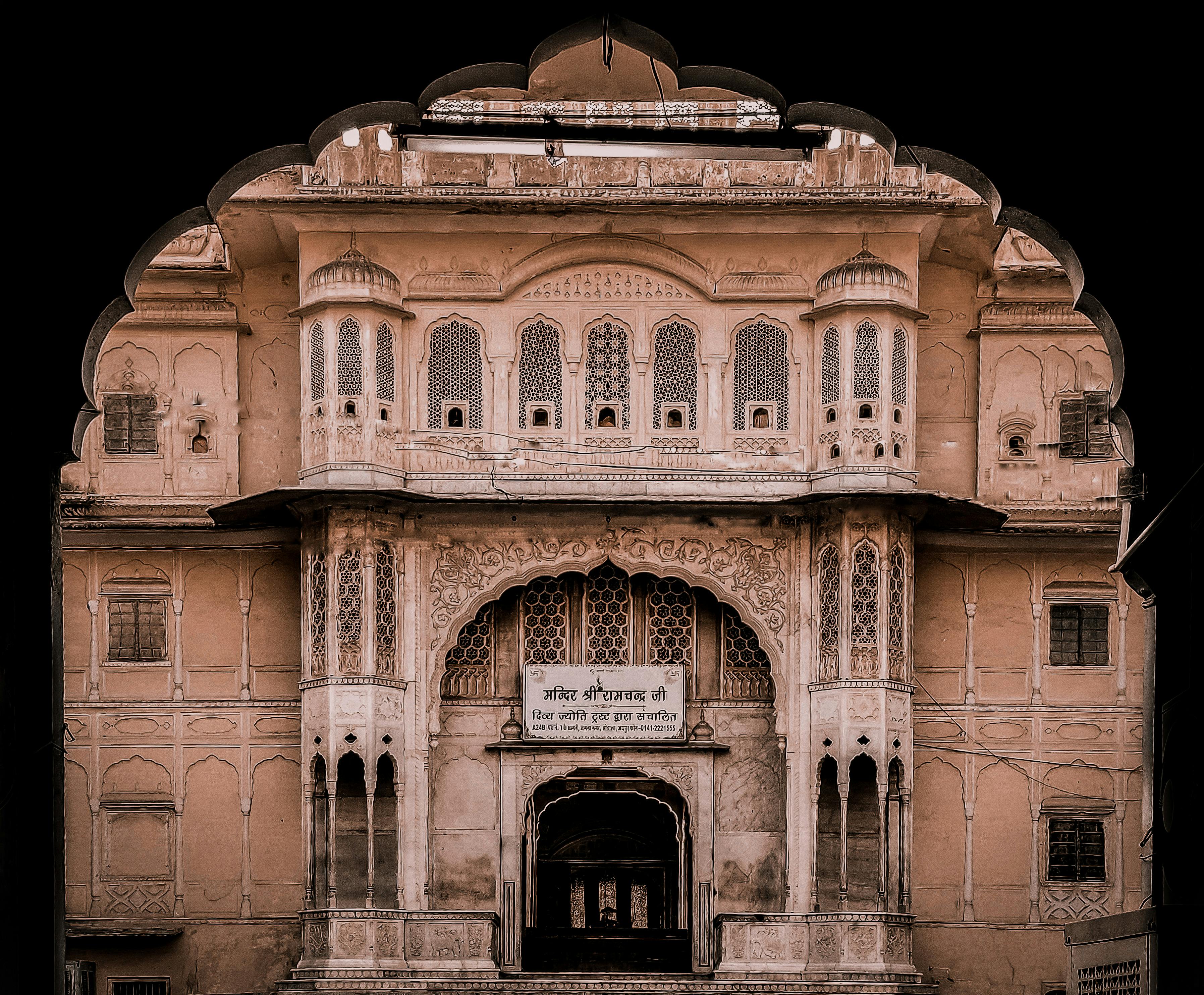How breath brings dance to life
Inhale
Every dance, every movement, every human life, begins in the same way: with a breath. Whether we are aware of it or not, the rise and fall of the chest caused by our breathing informs everything we do. We often take it for granted.
Young dancers are so involved with bigger, flashier moves that they underestimate the power of breath in dance. Understanding the importance of breath can help dancers experience full dynamic and expressive range, as well as an enhanced kinesthetic experience. And it can help teachers take their students beyond the level of mere technical proficiency to the level of true artistry. But first, we need to understand how the effects of breathing dance.
Holding your breath creates a suffocated, lifeless dancer. By connecting with breath, dancers assert their most basic human ability and connect with their fellow dancers (as well as their audiences).
Traditional classical ballet strives to create the illusion that the dancing body is something from another world: a princess, a swan, a fairy, a sylph. The physical effort is camouflaged; the breath is hidden. Contemporary dance, be it ballet, modern, jazz, rejects the fantasy world of classical ballet and embraces the human form with its full potential for movement.
Contemporary dance does not deny or hide breathing; She hugs him, using her breath as the impetus for movement. The smooth flow of inhalation and exhalation carries us, like waves carrying a boat on the ocean. We gesture with one arm, articulate with one leg, all while our bodies rise and fall on the form flow support of our breath. Fighting against this natural rhythm creates a dancing body that is not natural, not of this world (or at least not comfortable with it).
Below are four ways to begin your investigation of how vital breath is to dance performance. By simply bringing our awareness to these points, we can find a fuller and more satisfying experience for both dancer and viewer.
Anchor the mind
By consciously concentrating on the inhalation and exhalation, we can anchor our mind in the present moment. In contemporary life, we often brag about our ability to multitask. In fact, our school systems teach it as a life skill. The result: a generation where people think about one thing while doing another.
For the dancer, this is disastrous. The dancer on stage who is not fully present appears distant, indifferent, and robotic to the audience. The student in dance class who is not fully present misses out on important corrections and opportunities for improvement.
However, by becoming aware of the inhalation and exhalation during the dance, we bring presence to this moment in movement. Martha Graham said, “All that is important is this moment in motion.” This ‘presence’ connects us with our bodies, our teachers, our fellow students, and our viewers.
Support (shape-flow)
Our breath, whether we are aware of it or not, informs and supports all of our movement. Go ahead, try to stay completely still… you can’t, at least not for long. The rise and fall of the diaphragm and chest continues in the background of all of our dance moves. Even more interesting is that the same movement made when inhaling or exhaling creates a different expression.
Try this experiment with a friend. Ask your friend to extend their arms out to the sides at shoulder height. Then, as they inhale, ask them to slowly raise their arms above their heads. Then ask them to repeat the arm movement with an exhalation instead of an inhalation. Do you notice a difference in the subtle expression of movement? Does anyone seem more aspiring? Does one seem more resigned? Now try the same movement while holding your breath. Do you find him lifeless?
Becoming aware of how the breath informs and organically shapes our movement can help the dancer develop a sensitive and finely tuned instrument.
Texture
Beyond the subtleties of form flow support mentioned above, breath phrasing textures our dance by shaping, enhancing, and animating our movement phrases. The ups and downs, the sustained inhalation, the sudden exhalation, and the quick staccato bursts of a cough are natural phrases that all of our bodies have instant access to.
However, dancers who ignore the organic pattern of their breathing execute the movement with a monotonous and dehumanizing quality. Using breath as a phrasing tool, dancers can reach new heights and depths of expressiveness.
Body
Breathing not only provides mental and expressive benefits, it also provides practical benefits. Breathing, by providing oxygen to working muscles and the brain, helps the body work at its optimal level. Without that vital oxygen to supply our muscles and brains, we cannot function at our best.
Dancers who breathe shallowly or, worse, hold their breath, deplete their bodies’ oxygen supply and rapidly weaken physical stamina and slow mental processes.
Exhale
In this super-connected age of traveling a thousand miles in fractions of a second via cell phones and the Internet, we secretly long for real human connection. Dancing with full awareness of the breath resonates deeply in the viewer’s subconscious, creating that connection.
Our longing to escape to theater, television and literature to see fantasy worlds has been transformed into a desire for the real, to affirm our everyday experience. We want reality shows, true stories on stage, factual memoirs to read, and living, breathing human beings dancing on stage.
